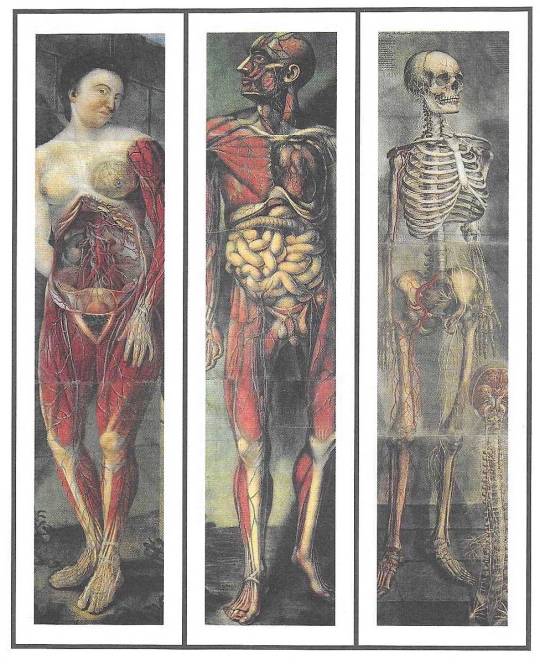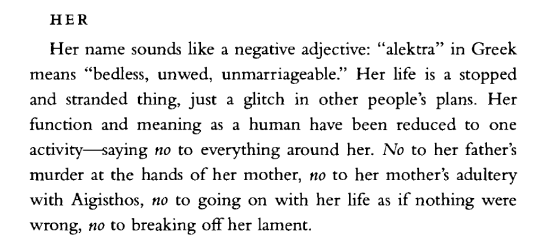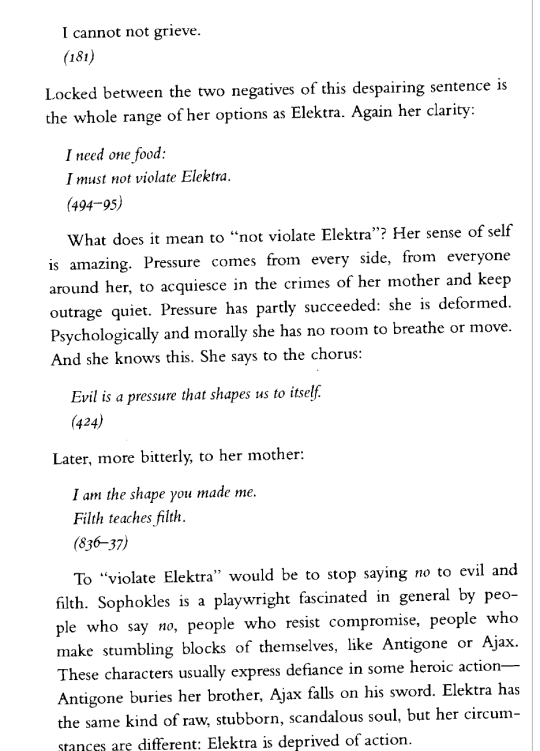Text
"Taking someone on a motorcycle is not simply giving them a ride. Unlike a car, on the motorcycle there is contact, and contact is never a trivial moment but something that leads the relationship into a different dimension. From how the passenger moves, whether or not he goes along with your riding, quiet or frightened exposed as he is to the wind and the nothingness, you can understand so much about him. To take someone on a motorcycle is to talk to him in silence, to know him and to know you, to care for him, to be faithful and responsible. As kids it is a classic way to woo and feel a girl, a mysterious and shared game, like a slow dance. As a father, it is the touch of the small hands of your daughter hugging and clinging to you, her breath that vibrates on your back and ignites the current of a connection different and absolute. The most exaggerated one. That of blood and love." - Dovi about what sharing a motorcycle ride means to him
155 notes
·
View notes
Text




IRENE
Russian Roulette Photoshoot Behind, 2016
383 notes
·
View notes
Photo

Nan Goldin, Matt and Lewis in the Tub Kissing, Cambridge, 1988
283 notes
·
View notes
Text



Erin Wasson | © Karen Collins
Emanuel Ungaro S/S 2002
523 notes
·
View notes
Text
A dead body touched with the Odour of Sanctity can’t just smell ok. It has to possess the mysterious presence of a supernaturally pleasant odour. The scents can be brief or persistent, attached to the body, grave, water the body was bathed in, or objects the person touched. In the case of St. Padre Pio, his spectral scent of roses and pipe tobacco visited people after his death and was considered a sign of his saintly intercession. All Odours of Sanctities are described as sweet, with notes of honey, butter, roses, violets, frankincense, myrrh, pipe tobacco, jasmine, and lilies being the most frequently reported accompaniments. The scent is also always culturally specific and deeply intertwined with symbolism. (...)
One of the most popular of the fragrant saints, St. Therese of Lisieux smelt of lilies, violets and roses upon her deathbed. Her most often attributed quotes is, “The splendour of the rose and the whiteness of the lily do not rob the little violet of its scent…If every tiny flower wanted to be a rose, spring would lose its loveliness”. It also should be noted that during Therese’s lifetime violet absolute was synthesized, making a material that was once the most expensive fragrance component in the world, affordable for all and the de rigueur fragrance of respectable women. To the Victorian palette, violets represented chastity, modesty, and feminine virtue. Lilies and roses also have a long association with Jesus and Mary. Therese’s Odour of Sanctity creates an olfactive tableau of Therese, the respectable modest female, alongside the Virgin Mary and Jesus. Before 1875 however, the scent of violets would not have been readily identifiable to the general population, and no Odour of Sanctity is associated with violets in any primary sources before that time. There is also an active association between Osmogenesia and Stigmata, with the floral odour emanated from the wounds. Stigmatic Osmogenesia in every case is reported as the smell of roses, which again is deeply symbolic with the wounds of Christ.
While there is no way of knowing just how many people the Odour of Sanctity was associated with, in the Late Medieval and Early Modern periods ascetic mystics make up a large population of those afflicted with this post-mortem perfume. In particularly female mystics that lived cloistered lives. These women’s bodies suffered through harsh asceticism and self-inflicted mortification. Yet through the isolation, hardship, poverty, and virginity, these mystics sought to control their bodies and transform them into sacred vessels. It, therefore, makes sense from their perspective that, if successful, the discarded vessels of these perfected souls should already be touched by a whiff of Paradise. The association of the Odour of Sanctity with cloistered women parallels the profane eroticism of the earthly woman with the chaste eroticism of the sacred woman; while the worldly woman’s corpse corrupts by its nature and stinks, so the heavenly woman’s body remains pure and fragrant. However, the conversation is still about a woman’s body.
Nuri McBride, The Odour of Sanctity: When the Dead Smell Divine
148 notes
·
View notes
Text


INTERVIEW WITH THE VAMPIRE
1x01 | 1x07 | Lestat + Reaching for Louis
708 notes
·
View notes
Text




Anya Taylor Joy at her wedding
1K notes
·
View notes
Photo




Ikuhara's Episode Commentary:
37: "The One Who Brings the World Revolution"
Evidently, some theorize that engagement rings can be traced all the way back to ancient Rome, in the days before Christ. At the time, of course, marriage wasn’t a product of love; it was a political affair in a society dominated by men. The concept of romantic love appeared on the historical stage later. Therefore, rings weren’t “proof of love” items; they only signified “proof of contract.”
During the Renaissance, military man Cesare Borgia was ablaze with the ambition to conquer Italy. One theory has it that the Borgia family assassinated its political enemies with a poison called cantarella to expand their territory of influence.
I’ve known the words “cantarella” for some time, but I didn’t start to think of it as romantic until I read Ms. Saito’s manga The Flower Crown Madonna. You see, Cesare has a beautiful younger sister named Lucrezia. In this story, Lucrezia entered politically expedient marriages with men from various lands, and her husbands died of mysterious illnesses. She poisoned them with cantarella. Lucrezia loved Cesare as a woman loves a man. For her brother’s dream of world conquest, she married men she didn’t care for, and then she killed them. Lucrezia gave both body and soul out of love for her brother. What a romantic story! That’s what I thought on first reading. I also thought, “I want to take a shot at grappling with her emotions.” I think I had Lucrezia in the back of my mind as I shaped Anthy’s personality.
273 notes
·
View notes
Text

the sick rose: disease + the art of medical illustration - richard barnett (2014)
2K notes
·
View notes



























